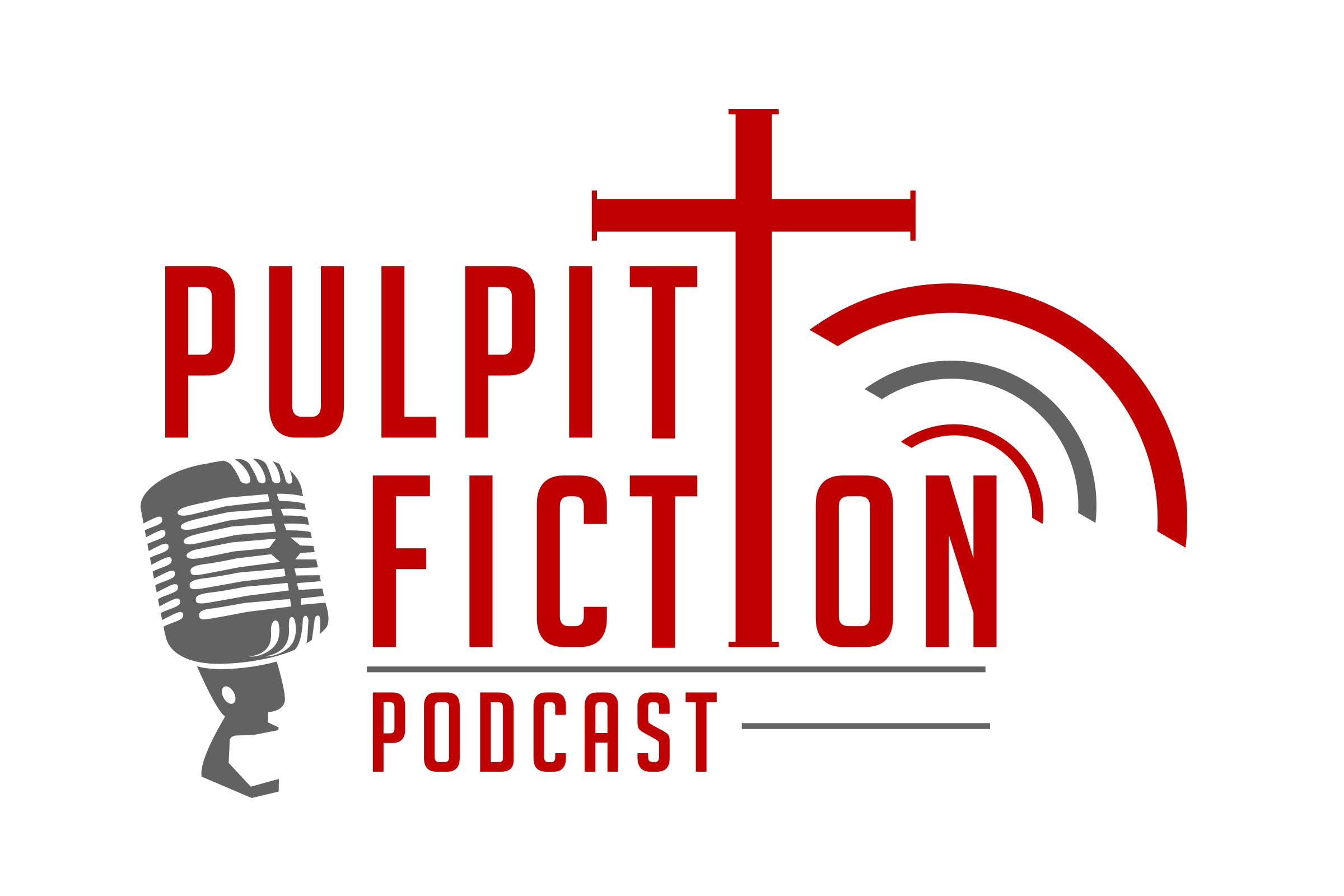NL 423: Healing Stories
image: Sant'Apollinare Nuovo - Ravenna © José Luiz Bernardes Ribeiro (wikimedia)
John 4:46-54
February 6, 2022
John 4:46-54
Initial Thoughts
vv. 43-45 set the stage
Takes place 2 days later (after he spent 2 days with the Samaritans) be returns not only to Galilee, but to Cana, the place of his first sign (cf. John 2)
Instead of rejection (as in some of the other Gospels or as he anticipated in 4:44), here he is welcomed back into Galilee as a miracle worker for they have seen all he had done in Jerusalem (a call back to the “Come and See” of John 1 and 4)
Bible Study
The second sign (miracle) of the seven (described) signs in the Gospel of John
Royal Official
Meant he worked for Herod
Possibly a Gentile
Echoes the healing of Jairus’ daughter (local leader worried about his child who is near death) and the healing of the centurion’s servant (symbol of the “enemy”, recognized Jesus’ power and asks for his help)
Also echoes the healing of the Centurion’s slave (Matt. 8:5-13).
“John… uses the basic structure of this story to show that politically powerful people recognize Jesus as still more powerful.” (Katharine A. Shaner, Feasting on the Gospels, John, Volume 1, p. 127)
Jesus’ Response
“You” in “Unless you see signs and wonders…” is plural. Jesus is speaking to more than just the official
Better translated, “I wonder what it will take for you to believe. Will it be the signs and wonders, like everyone else?” -Karoline Lewis, John, Fortress Biblical Preaching Commentaries, p.70
This translation makes more sense especially in light of Jesus’ suspicion in believing simply because of the signs (3:2, 6:26)
Belief without proof
Like the wedding at Cana, we are asked to do what Jesus says before/in anticipation of the miracle
The official believed the logos of Jesus and so he goes home, just as Mary commands the servant to go and do what Jesus tells them
Jesus’ words are truth - just as Jesus is the embodied Word of God revealing God’s way among us, so too is Jesus’ words the embodied reality of his presence - unbound by space and time.
“Truth for this Gospel is an incarnate concept, an embodied reality, that connects words and actions and not an abstract claim about fact or historicity or dogma.” Lewis, p.72
“Although this passage includes a sign - a healing - it lets us know that miracles are not always necessary, or even desirable, for belief. The father believes, sight unseen, that his son will be healed. He goes to Jesus in the first place believing Jesus will help.” (Sharon Watkins, Feasting on the Gospels, John, Volume 1, p. 123)
πιστευω ("believe", throughout this section, including 4:50) This verb means trusting. In this case, trust doesn't produce following Jesus, it creates a situation in which someone can walk away from Jesus. Again, most times we think of trust as creating a situation of moving closer to Jesus, but in this case, the faith creates a situation of letting go, letting go of his anxiety about his son, letting go of his need to be next to Jesus.
Eternal Life
“In the prophetic tradition of Isaiah, healing is a root metaphor for communal restoration. In the Gospel of John, healing is signification. The accounts of the physical restoration of infirm persons in John are not so much miracle stories as signs that point to the activity of God in Israel.” (Allen Dwight Callahan, True to Our Native Land, p. 193)
This passage anticipates and is connected with the third sign - the healing story that follows (5:1-18)
Both are about eternal life - when discussing “life” in this passage, the verb zao is in the present tense, not that the son was healed or made well, but rather that he as made alive. This healing story speaks to an invitation into a fullness of life both present and to come.
15:1-18
Contrast between healing stories
Setting?
Getting away from Jerusalem, in Cana vs Going toward Jerusalem
Site of first sign that happened during a wedding vs In the midst of a festival
Who is healed?
Gentile vs Judean
Royal vs Beggar
What is the response?
Belief vs Conflict
For some, the signs and wonders lead to belief and trust. For others, they lead to controversy and mistrust.
Thoughts and Questions
What does it mean to believe before the miracle? In anticipation of the miracle? Is this not the foundation of trust?
“Over the course of this story, the man’s belief in Jesus deepens to a point we might call trust. Belief may be a matter of the head. It may have to do with weighing evidence, such as the signs and wonders that Jesus scorned, to come to a conclusion. It may have to do with following a logical argument that leads to a particular way of seeing the world. Belief may also be a matter of heart. ‘I believe in you,’ does not mean ‘I believe you exist.’ It means ‘I trust you.’ This is the kind of believing we see in the royal official.” (Sharon Watkins, Feasting on the Gospels, John, Volume 1, p. 127)
Opening music: Misirlou, One Man 90 Instruments by Joe Penna/MysteryGuitarMan at MIM
Closing Song by Bryan Odeen
